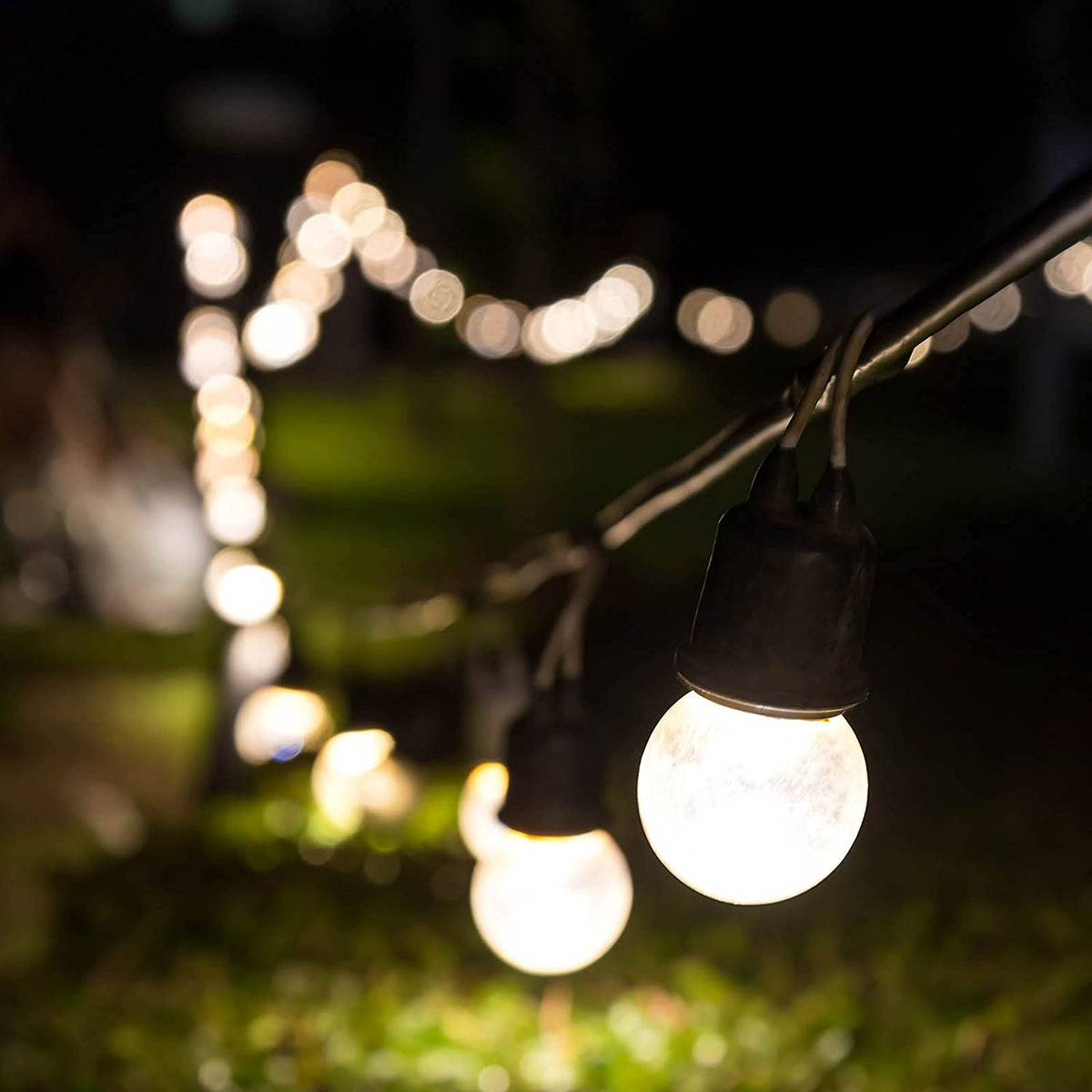

Articles
What Is The Lowest Watt Light Bulb
Modified: February 22, 2024
Discover the benefits of low wattage light bulbs and how they can save energy and reduce electricity costs. Read our informative articles on the topic!
(Many of the links in this article redirect to a specific reviewed product. Your purchase of these products through affiliate links helps to generate commission for Storables.com, at no extra cost. Learn more)
Introduction
When it comes to lighting our homes or workspaces, one of the key considerations is the wattage of the light bulb. Wattage refers to the amount of power consumed by a light bulb to produce light. Traditionally, higher wattage bulbs have been synonymous with brighter illumination. However, as energy efficiency has become a growing concern, there has been a shift towards using low wattage light bulbs.
In this article, we will explore the concept of light bulb wattage and delve into the benefits of using the lowest watt light bulbs. We will also provide insights into factors to consider when choosing low wattage bulbs, and offer examples of low wattage light bulb options. Lastly, we will provide tips on maximizing energy efficiency with low watt light bulbs.
So, if you’re curious about the lowest watt light bulbs and how they can benefit you, read on to find out more.
Key Takeaways:
- Low wattage light bulbs offer energy efficiency, cost savings, and environmental sustainability, making them a compelling choice for eco-conscious individuals seeking well-lit and sustainable spaces.
- Understanding factors such as brightness, color temperature, and lifespan is crucial when choosing the lowest watt light bulb to optimize energy efficiency and lighting performance.
Read more: What Is Lowest Watt LED Bulb
Understanding Light Bulb Wattage
To understand the concept of low wattage light bulbs, it’s essential to have a basic understanding of light bulb wattage in general. Wattage measures the power consumption of a light bulb and is commonly used as an indicator of the bulb’s brightness.
In the past, higher wattage bulbs were associated with brighter light output. For example, a 100-watt incandescent bulb was usually much brighter than a 40-watt bulb. However, with advancements in technology, this correlation between wattage and brightness has changed.
With the introduction of energy-efficient options such as LED (Light Emitting Diode) and CFL (Compact Fluorescent Lamp) bulbs, it is now possible to achieve the same level of brightness with significantly lower wattages. This is because these bulbs use different mechanisms to produce light, resulting in greater energy efficiency.
For instance, a 10-watt LED bulb can produce the same amount of light as a 60-watt incandescent bulb. This significant reduction in wattage not only translates to lower energy consumption but also extends the lifespan of the bulb.
It’s important to note that wattage alone does not determine the quality of light produced. Factors such as color temperature (measured in Kelvin) and lumens (the amount of visible light emitted) also play a role. So, when choosing light bulbs, consider these additional factors along with wattage to find the optimal lighting solution for your needs.
Now that we have a basic understanding of light bulb wattage, let’s explore the benefits of using the lowest watt light bulbs.
Exploring Low Wattage Light Bulbs
Low wattage light bulbs refer to those with a significantly lower power consumption compared to traditional incandescent bulbs. These bulbs are designed to provide ample illumination while consuming less energy, making them an excellent choice for energy-conscious individuals and those looking to reduce their carbon footprint.
One of the main advantages of low wattage light bulbs is their energy efficiency. By using less power to produce light, they help to lower electricity bills and save money in the long run. Additionally, they contribute to environmental sustainability by reducing energy consumption and the demand for electricity, which in turn decreases greenhouse gas emissions.
Low wattage bulbs also have a longer lifespan compared to traditional incandescent bulbs. This means less frequent replacement, leading to reduced waste and a lower overall cost of ownership. LED light bulbs, in particular, are known for their long lifespan, often lasting for tens of thousands of hours before needing to be replaced.
In addition to their practical benefits, low wattage light bulbs come in a variety of shapes, sizes, and colors, allowing for flexibility in lighting design. Whether you’re looking for warm white lighting in your living room or cool white lighting for task-oriented spaces like the kitchen or office, there are low wattage options available to suit your preferences.
Another advantage of low wattage light bulbs is their versatility. They can be used in various lighting fixtures, including table lamps, pendant lights, recessed lighting, and more. This versatility makes them a suitable choice for both residential and commercial lighting applications.
Overall, low wattage light bulbs offer a cost-effective and eco-friendly lighting solution without compromising on brightness or aesthetics. By choosing these bulbs, you can enjoy efficient lighting while minimizing your impact on the environment.
Now that we’ve explored the benefits of low wattage light bulbs, let’s discuss the factors to consider when choosing the lowest watt light bulb for your specific needs.
Benefits of Using the Lowest Watt Light Bulbs
Using the lowest watt light bulbs offers several advantages, ranging from energy savings to improved environmental sustainability. Here are some key benefits of opting for low wattage light bulbs:
- Energy Efficiency: Low wattage light bulbs are designed to use less energy while providing the same level of brightness as higher wattage bulbs. This energy efficiency translates into lower electricity bills and reduced energy consumption over time.
- Cost Savings: By consuming less electricity, low wattage light bulbs can help you save money on your energy bills. Additionally, their extended lifespan means fewer replacements, further reducing the overall cost of ownership.
- Environmental Sustainability: With the growing concern for the environment, using low wattage light bulbs can make a significant positive impact. By reducing energy consumption, these bulbs contribute to a decreased carbon footprint and lower greenhouse gas emissions.
- Reduced Heat Generation: Compared to traditional incandescent bulbs, low wattage bulbs produce less heat. This not only makes them safer to use but also helps in keeping the room temperature cooler, particularly during hot summer months.
- Longer Lifespan: LED bulbs, which are commonly used as low wattage options, have a significantly longer lifespan compared to incandescent bulbs. This means fewer bulb replacements and less waste generated. Additionally, less frequent replacements save you time and effort.
- Versatility: Low wattage light bulbs are available in various shapes, sizes, and colors. This allows for flexibility in lighting design, making them suitable for different environments and applications, including residential, commercial, and decorative lighting.
- Improved Lighting Quality: Low wattage LED bulbs offer excellent color rendering and uniform light distribution. This results in high-quality lighting that enhances the aesthetics of your space, creating a pleasant and visually appealing environment.
By taking advantage of these benefits, you can create a well-lit, energy-efficient, and environmentally friendly space. The next section will delve into the factors to consider when choosing the lowest watt light bulb for your specific needs.
Look for LED light bulbs with a wattage of 4-6 watts for the lowest wattage options. These bulbs are energy-efficient and can still provide sufficient light for many applications.
Factors to Consider When Choosing the Lowest Watt Light Bulb
When selecting the lowest watt light bulb for your needs, there are several factors to consider. These factors will help ensure that you choose a bulb that is not only energy-efficient but also meets your specific lighting requirements. Here are some key considerations:
- Brightness: While low wattage bulbs consume less energy, it’s crucial to ensure that they provide sufficient brightness for your space. Look for bulbs with a high lumens rating, as this indicates the amount of visible light emitted. Consider the intended use of the bulb and the level of illumination needed.
- Color Temperature: The color temperature of a light bulb determines the warmth or coolness of its light. Choose a color temperature that aligns with the atmosphere you want to create. For warm and cozy spaces, opt for bulbs with a lower Kelvin value, while higher Kelvin values are suitable for brighter and cooler environments.
- Lifespan: LED bulbs, known for their low wattage and energy efficiency, generally have a longer lifespan. Check the estimated lifespan of the bulb, which is usually indicated in hours. This will give you an idea of how long the bulb is expected to last before needing to be replaced.
- Compatibility: Consider the type of lighting fixture you plan to use the bulb in. Ensure that the low wattage bulb is compatible with your fixture, whether it’s a standard base, candelabra base, or something else. Also, check if the bulb is dimmable if you require dimming capabilities.
- Quality and Brand: It’s important to choose a reputable brand and high-quality bulb to ensure durability and reliable performance. Well-known brands often prioritize energy efficiency and provide warranties on their products.
- Energy Efficiency Ratings: Look for bulbs with energy efficiency certifications, such as Energy Star, which indicate that the bulb meets certain energy-saving standards. These ratings can help you compare the efficiency of different bulbs and make an informed decision.
- Environmental Impact: Consider the environmental impact of the bulb, including its recyclability and mercury content. Opt for bulbs that are environmentally friendly and can be easily recycled at the end of their lifespan.
By taking these factors into account, you can select the lowest watt light bulb that best suits your needs, strikes the right balance between energy efficiency and lighting quality, and contributes to a sustainable lighting solution for your space.
Now that we have discussed the factors to consider when choosing a low wattage light bulb, let’s move on to the next section, where we will provide examples of options available in the market.
Read more: What Watt Bulb For Porch Light
Examples of Low Wattage Light Bulb Options
There are various low wattage light bulb options available in the market today, offering energy efficiency and a range of lighting features. Here are a few examples of popular low wattage bulbs:
- LED Bulbs: LED (Light Emitting Diode) bulbs are known for their energy efficiency and long lifespan. They are available in a wide range of wattages, from as low as 1 watt to around 15 watts, and can provide high levels of brightness. LED bulbs also come in various color temperatures, so you can find options suitable for different environments, from warm white for relaxation areas to cool white for task-oriented spaces.
- CFL Bulbs: CFL (Compact Fluorescent Lamp) bulbs are another popular low wattage option. They are typically more energy-efficient than traditional incandescent bulbs and have a longer lifespan. CFL bulbs are available in wattages ranging from 5 watts to around 25 watts, offering bright illumination while consuming less energy.
- Halogen Incandescent Bulbs: Halogen incandescent bulbs, while not as energy-efficient as LED or CFL bulbs, offer a low wattage option compared to standard incandescent bulbs. They typically range from around 10 watts to 60 watts and provide bright and crisp light. Halogen bulbs are dimmable and instantly turn on, making them great for applications where adjustable lighting is desired.
- Smart Bulbs: Smart bulbs, such as those compatible with systems like Philips Hue or Wi-Fi-enabled bulbs, offer low wattage options with added features. These bulbs can be controlled remotely through smartphone apps or voice assistants, allowing you to adjust brightness, color temperature, and create lighting schedules. Smart bulbs are often LED-based and can range from 4 watts to 15 watts.
- Decorative Filament Bulbs: For those looking for vintage or decorative lighting options, low wattage filament bulbs are available. These bulbs mimic the look of traditional incandescent filament bulbs but are designed to consume less energy. They often range from around 2 watts to 10 watts and offer a warm and cozy ambiance.
These are just a few examples of the low wattage light bulb options available on the market. It’s important to assess your specific lighting requirements and consider factors such as brightness, color temperature, compatibility, and energy efficiency when choosing the most suitable option for your needs.
In the next section, we will provide some tips on maximizing energy efficiency with low watt light bulbs.
Tips for Maximizing Energy Efficiency with Low Watt Light Bulbs
Low wattage light bulbs are already energy-efficient options, but there are some additional measures you can take to maximize their energy-saving potential. Here are some tips to help you get the most out of your low watt light bulbs:
- Replace Incandescent Bulbs: If you’re still using traditional incandescent bulbs, consider replacing them with low wattage options like LED or CFL bulbs. This simple switch can lead to significant energy savings due to the higher efficiency of these bulbs.
- Utilize Natural Light: Take advantage of natural daylight as much as possible. During the day, open curtains or blinds to allow natural light to illuminate your space. This reduces the need for artificial lighting and minimizes energy consumption.
- Use Task Lighting: Instead of relying solely on general lighting in a room, incorporate task lighting for specific activities. This way, you can focus illumination where it’s needed, using lower wattage bulbs or targeted lighting fixtures to achieve the desired brightness.
- Install Dimmer Switches: Consider installing dimmer switches to control the brightness of your lights. Dimming the lights not only creates ambiance but also reduces energy consumption. Dimming a light by just 10% can lead to approximately 10% energy savings.
- Unplug Unused Lighting Fixtures: Be mindful of lighting fixtures that are rarely used. If there are areas of your home or office that don’t require constant lighting, consider unplugging or switching off the fixtures to save energy.
- Choose Energy-Efficient Bulbs: Look for bulbs with the Energy Star label or other energy efficiency certifications. These bulbs have undergone testing to meet specific energy-saving standards and can help you further reduce energy consumption.
- Consider Lighting Controls: Explore the use of lighting controls such as occupancy sensors or timers. These devices automatically turn off the lights when a room is unoccupied or during certain hours, ensuring no energy is wasted by keeping lights on unnecessarily.
- Regularly Maintain and Clean Bulbs: Keep your light bulbs and fixtures clean and free of dust. Dust buildup can reduce the amount of light emitted, causing you to use higher wattage bulbs or additional fixtures. Regular maintenance ensures optimal performance and energy efficiency.
- Consider Smart Lighting Systems: Smart lighting systems provide enhanced control over your lighting. Utilize features like scheduling, motion sensors, and smartphone apps to optimize energy usage and only have lights on when needed.
- Educate and Encourage Energy Conservation: Spread awareness about energy conservation and encourage your household or workplace to adopt energy-efficient habits. Teach family members or colleagues the importance of turning off lights when leaving a room and actively participating in energy-saving practices.
By implementing these tips and incorporating energy-saving habits into your daily life, you can make the most of your low wattage light bulbs and further reduce your energy consumption.
Now, let’s wrap up our discussion on low watt light bulbs.
Conclusion
Low wattage light bulbs offer a multitude of benefits, making them a compelling choice for energy-conscious individuals and those looking to reduce their environmental impact. With advancements in technology, it is now possible to have energy-efficient lighting without compromising brightness or aesthetics.
Understanding light bulb wattage is essential in selecting the right bulb for your needs. While higher wattage bulbs were historically associated with brighter light output, low wattage LED and CFL bulbs have revolutionized the lighting industry. These bulbs provide equivalent levels of brightness while consuming significantly less energy.
The benefits of using the lowest watt light bulbs are plentiful. Not only do they contribute to energy savings and cost reductions, but they also promote environmental sustainability by reducing energy consumption and greenhouse gas emissions. Additionally, low wattage bulbs have longer lifespans, offer versatile lighting options, and contribute to improved lighting quality and comfort in your spaces.
When choosing the lowest watt light bulb, consider factors such as brightness, color temperature, lifespan, compatibility, and quality. By selecting the most suitable bulbs for your needs, you can optimize energy efficiency and lighting performance.
Examples of low wattage light bulb options include LED bulbs, CFL bulbs, halogen incandescent bulbs, smart bulbs, and decorative filament bulbs. These options offer a range of wattages and lighting features to meet various requirements.
To maximize energy efficiency with low watt light bulbs, employ strategies such as utilizing natural light, implementing task lighting, using dimmer switches, and considering energy-efficient bulbs and lighting controls. These measures help reduce energy consumption and contribute to a sustainable lighting solution.
In conclusion, low wattage light bulbs provide an excellent opportunity for energy efficiency, cost savings, and environmental responsibility. By embracing these bulbs and implementing energy-saving practices, you can create well-lit and sustainable spaces that align with your lighting needs and contribute to a greener future.
Frequently Asked Questions about What Is The Lowest Watt Light Bulb
Was this page helpful?
At Storables.com, we guarantee accurate and reliable information. Our content, validated by Expert Board Contributors, is crafted following stringent Editorial Policies. We're committed to providing you with well-researched, expert-backed insights for all your informational needs.
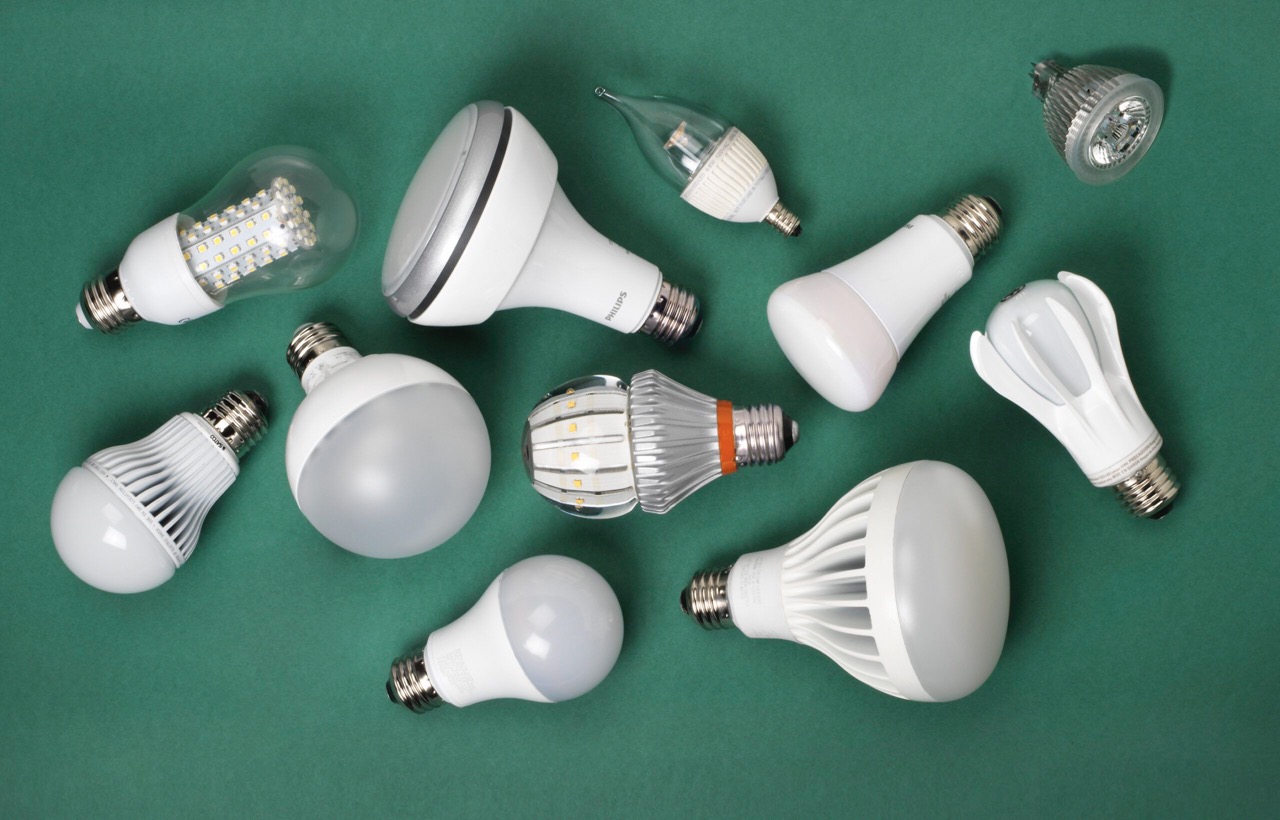
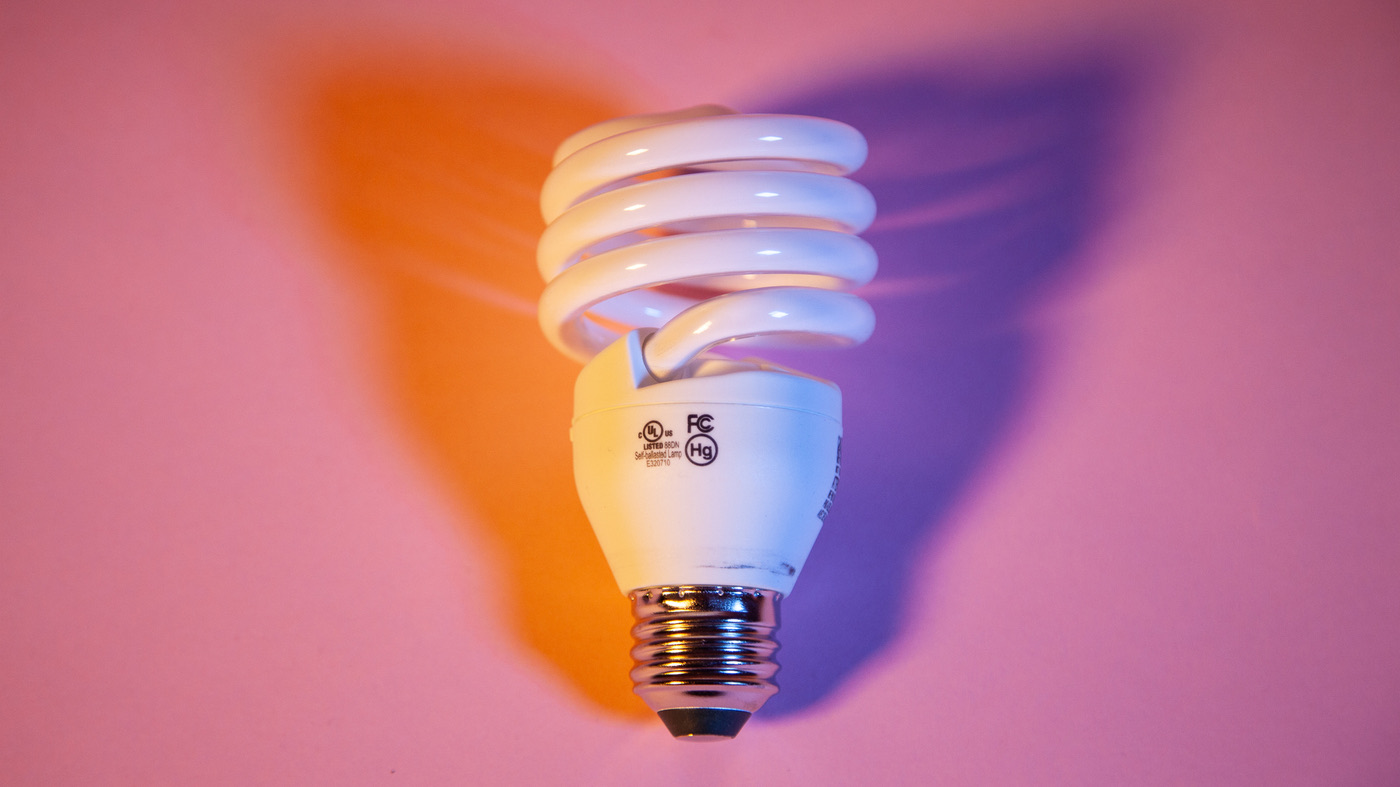
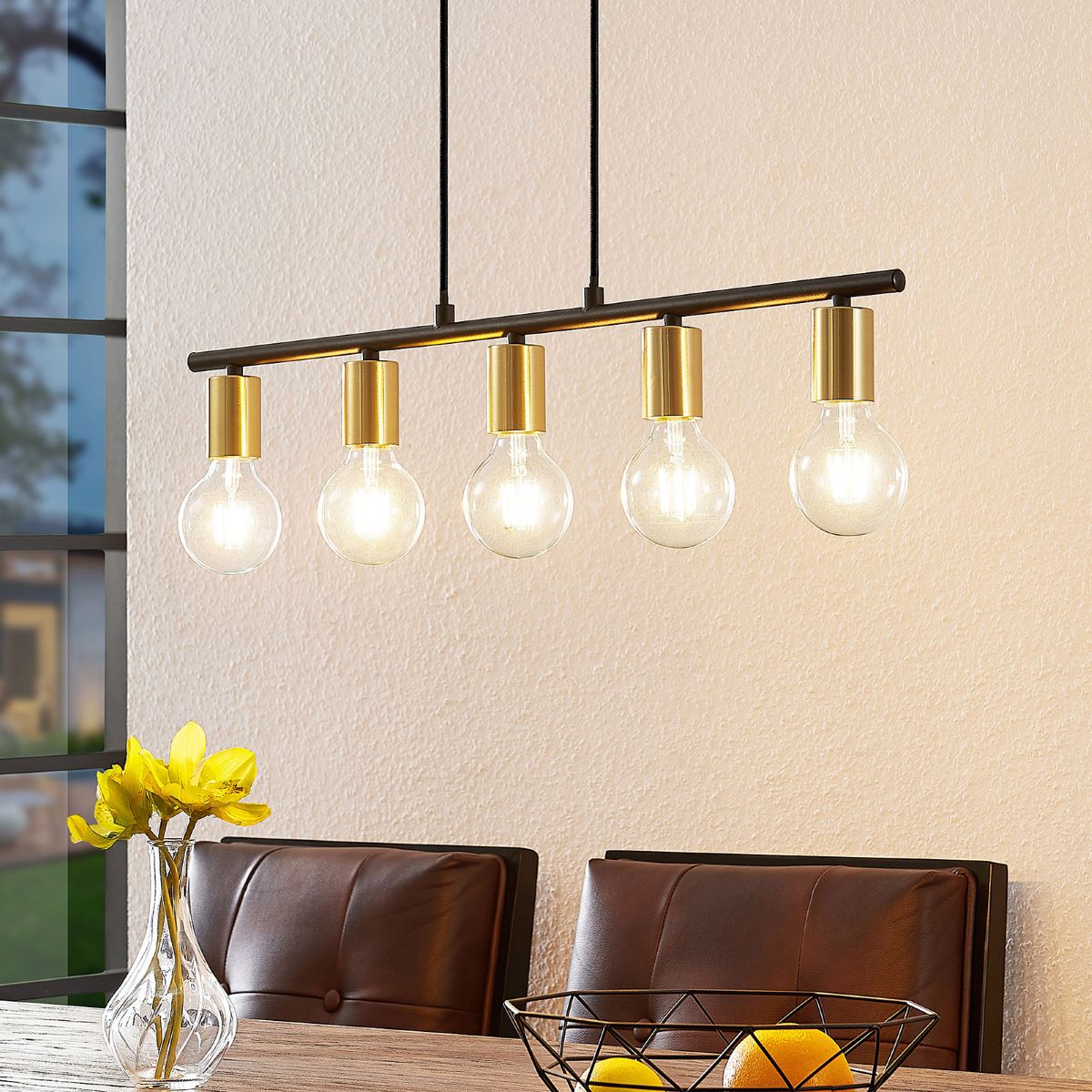
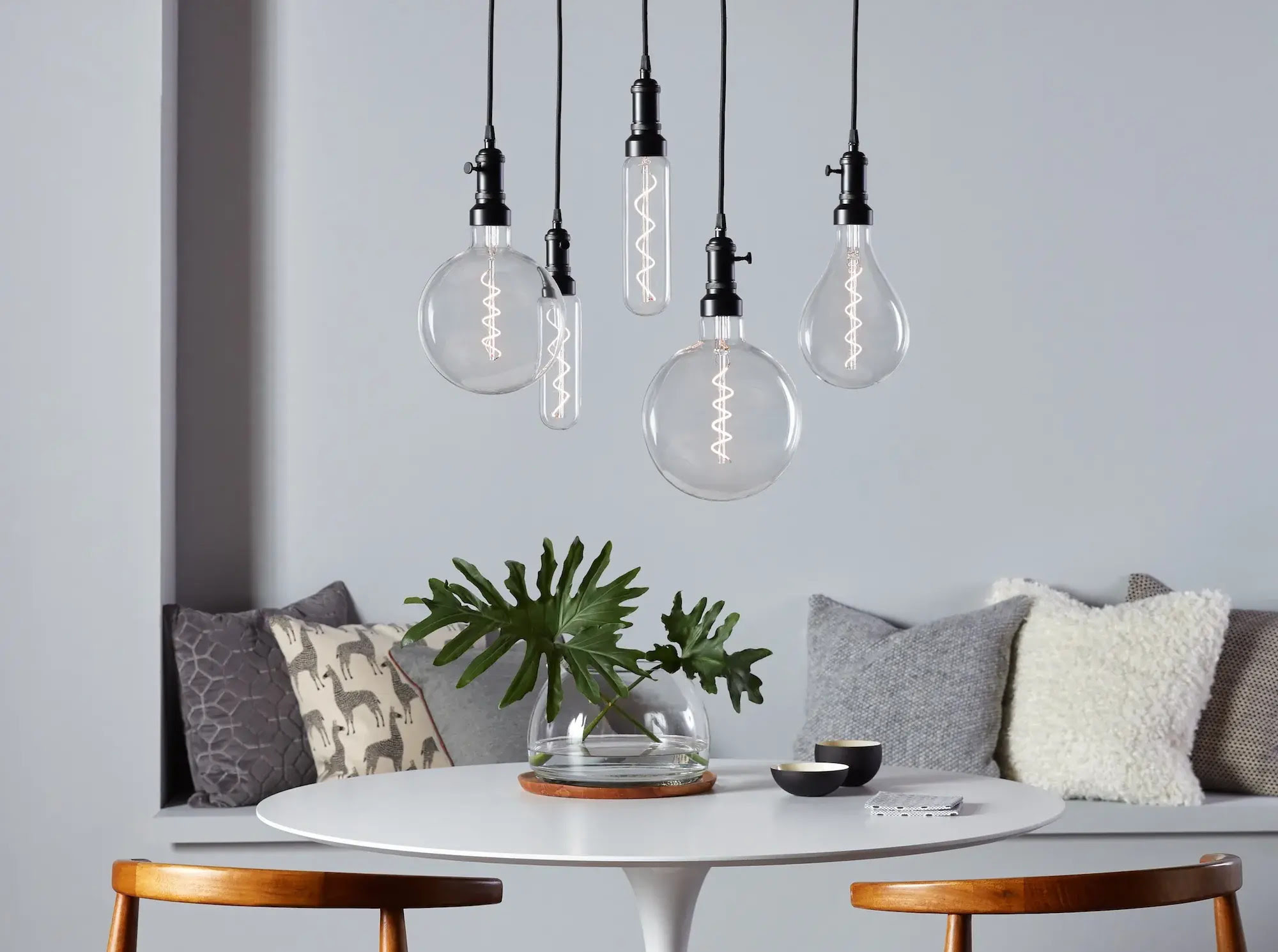
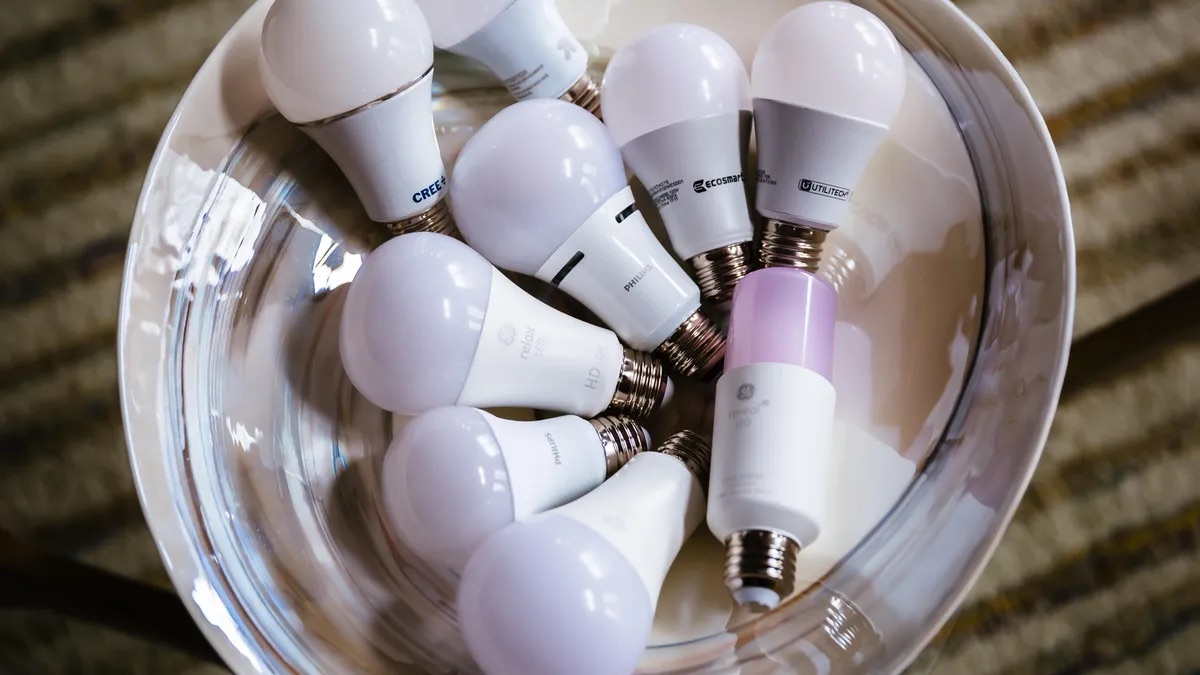
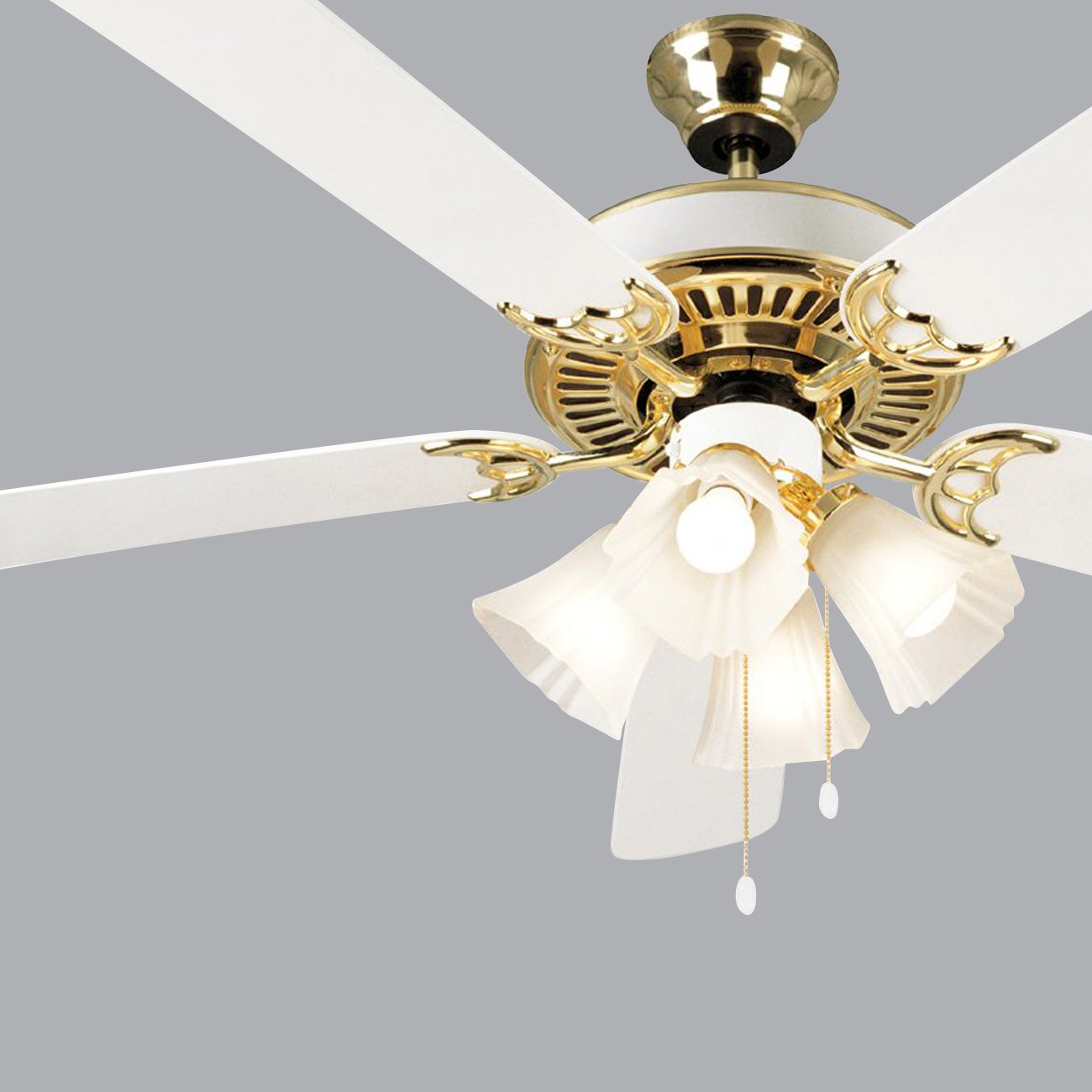

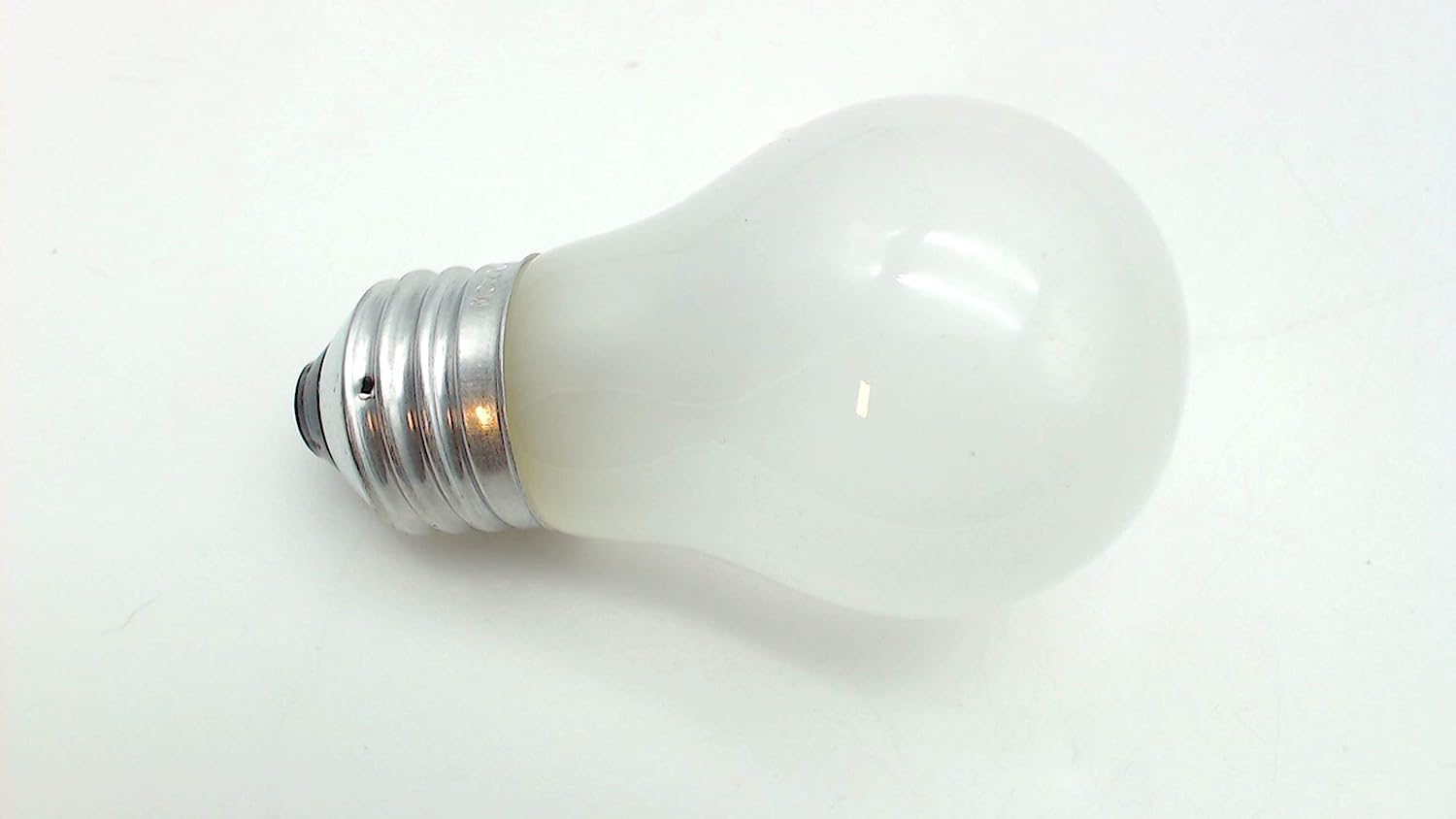

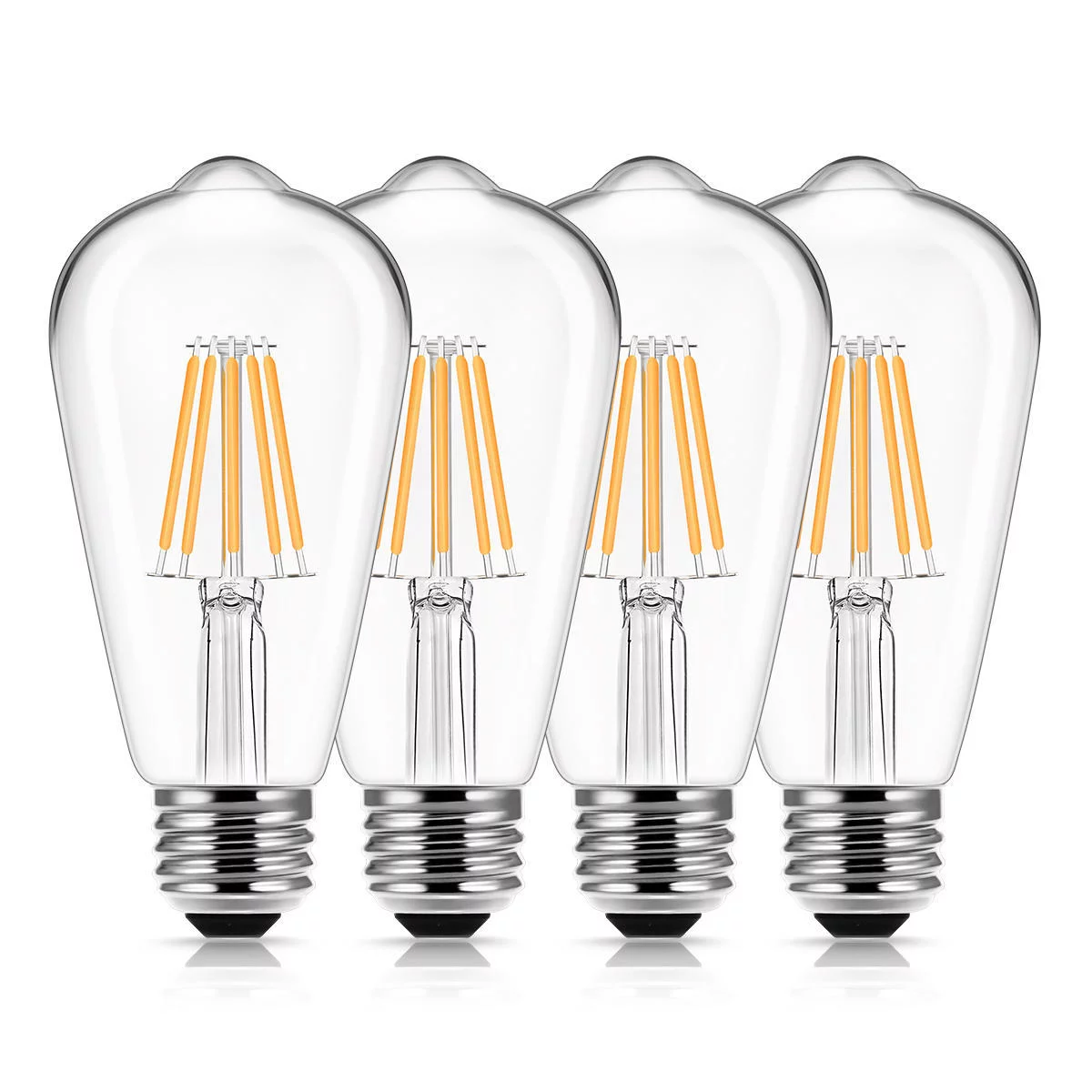
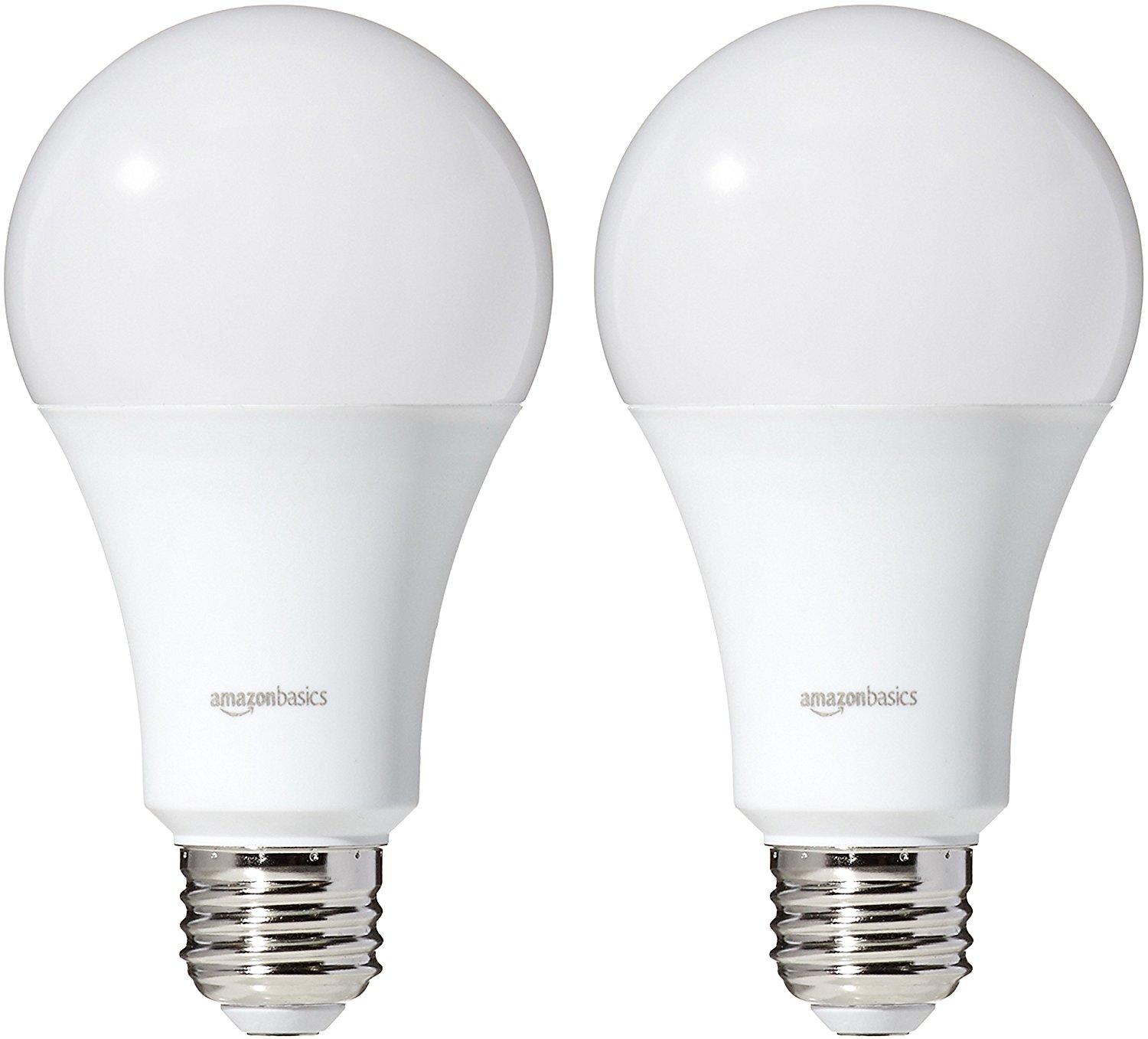
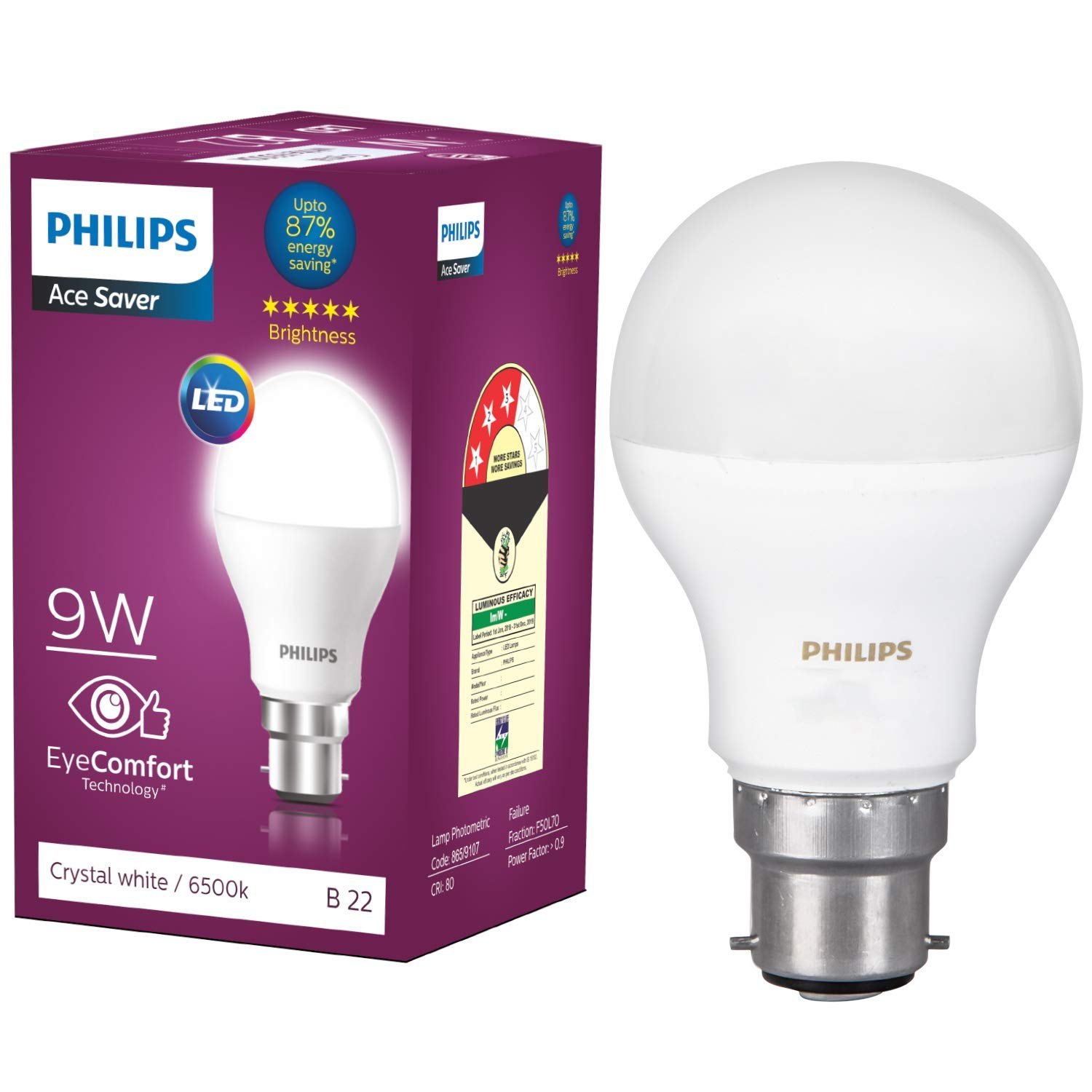
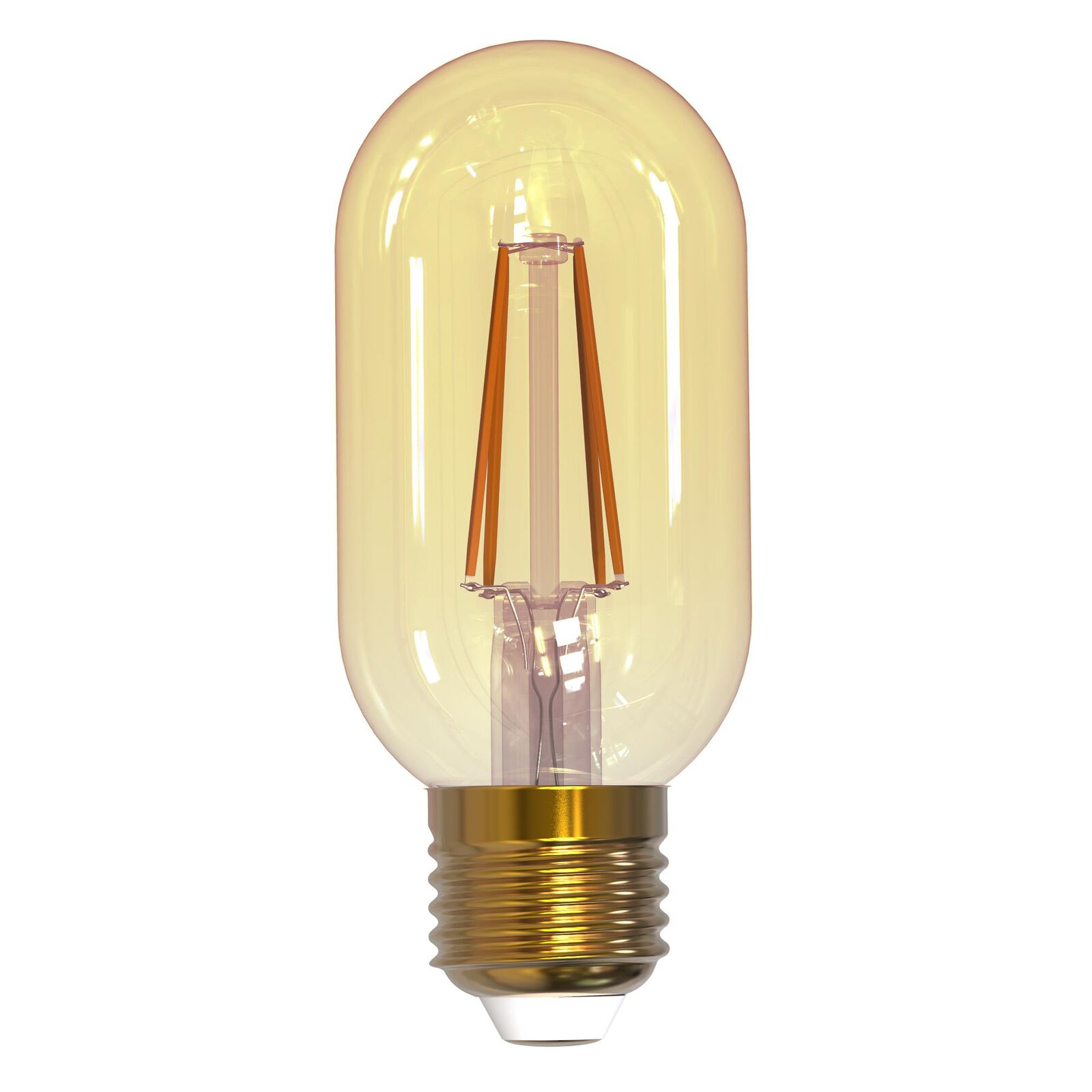
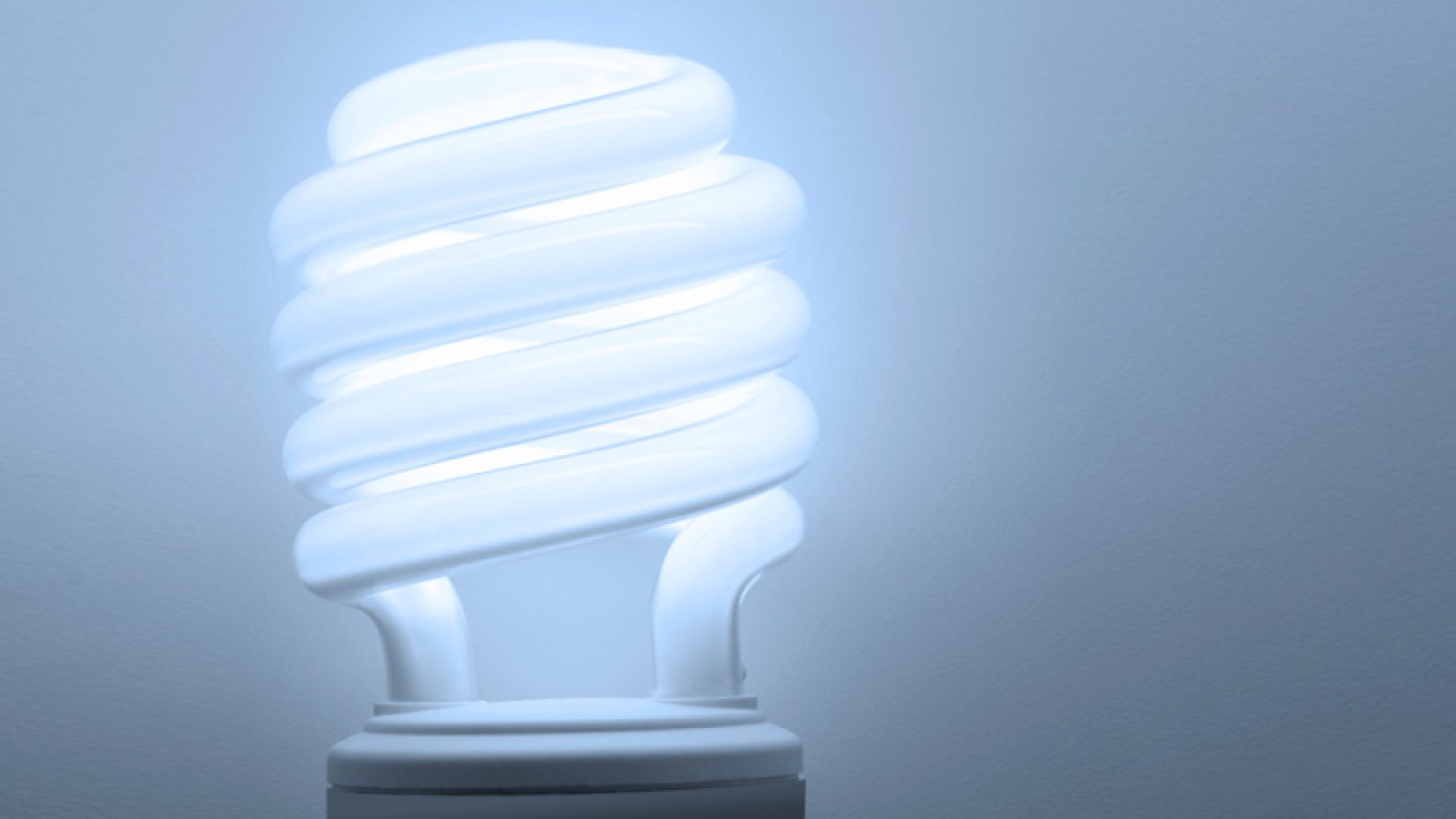

0 thoughts on “What Is The Lowest Watt Light Bulb”